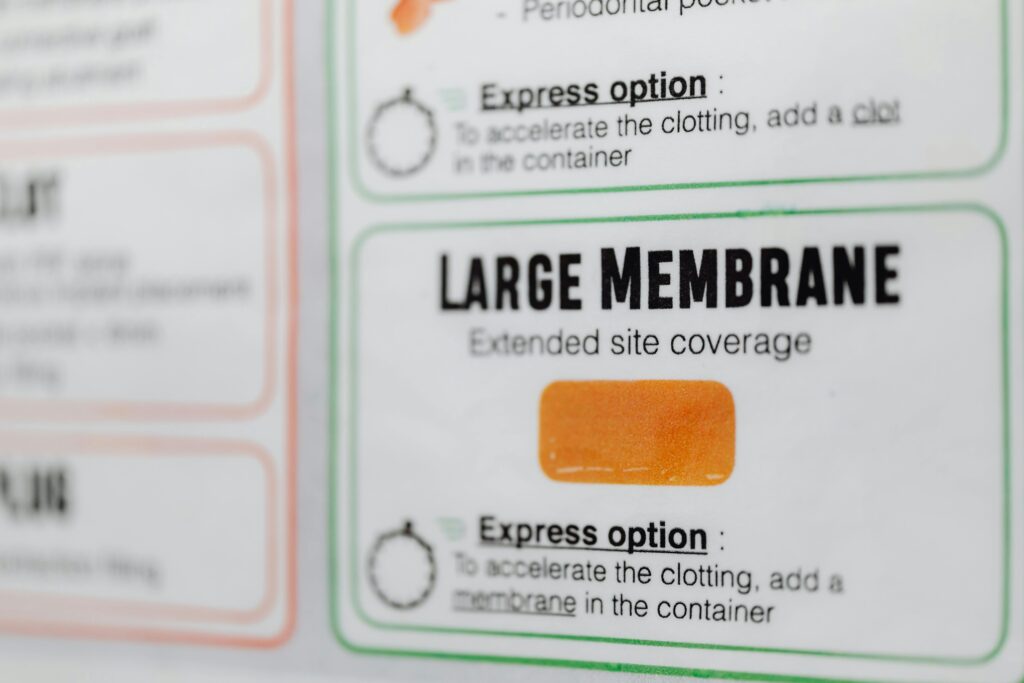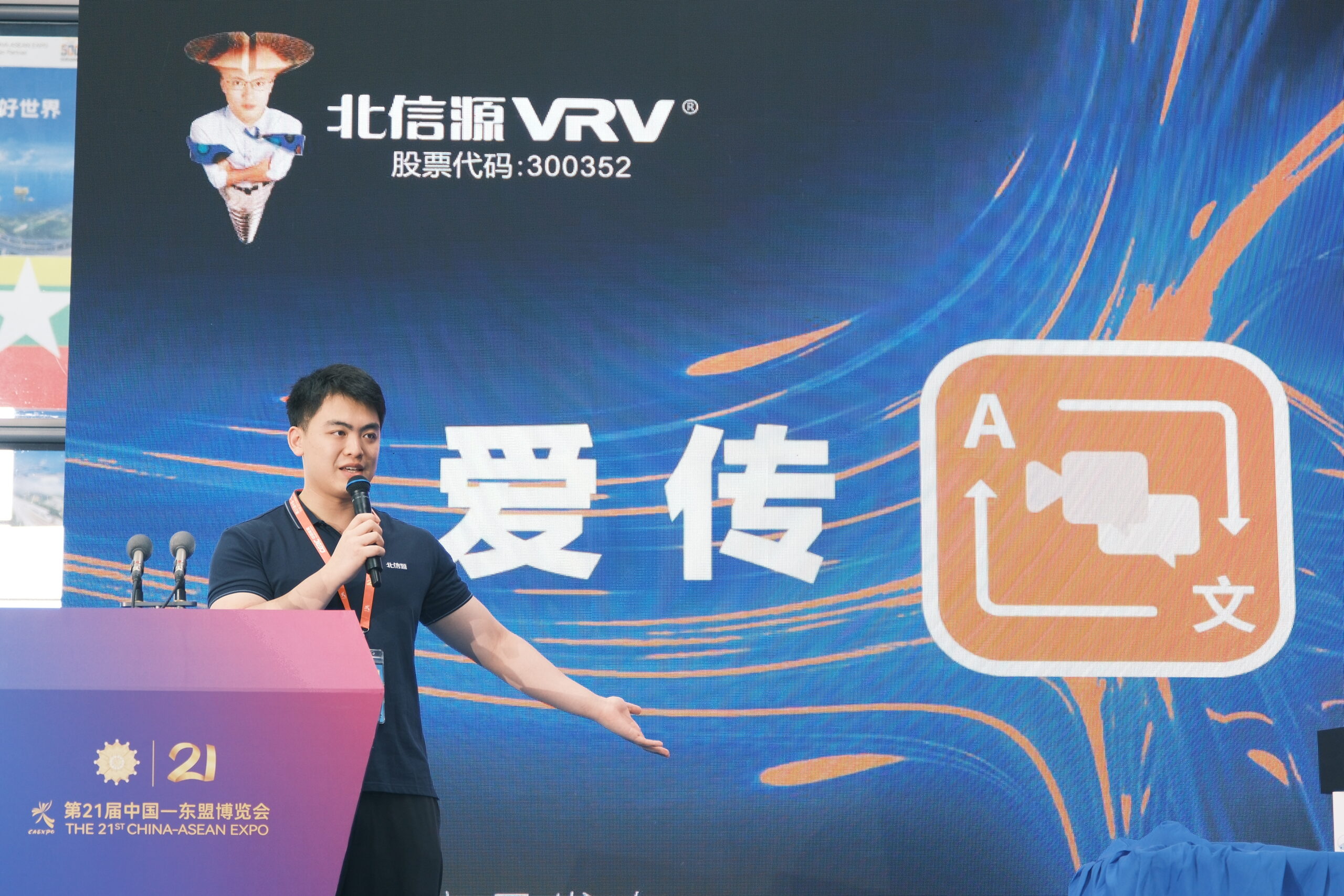In the fast-evolving world of medical technology, clear and accurate communication isn’t just a competitive advantage—it’s a matter of patient safety, regulatory compliance, and effective innovation. While common translation tools offer convenience, they often fall short when handling the complexities of MedTech content. This article explores why off-the-shelf translation solutions are inadequate for the MedTech industry and highlights strategies to achieve precision and reliability.

The Complexity of MedTech Terminology
MedTech documentation covers a broad range of materials—from clinical trial reports and user manuals to regulatory submissions and patient instructions. Each of these documents features:
- Specialized Vocabulary: Technical terms, acronyms, and jargon that are unique to medical devices and diagnostics.
- Regulatory Language: Strict language required by international standards and regulatory bodies, where even minor misinterpretations can lead to compliance issues.
- Cultural Nuances: Variations in medical practices and patient communication styles across different regions demand more than a literal translation.
Common translation tools often lack the capability to navigate this intricate landscape, leading to errors that can compromise the quality of information.
The Risks of Relying on Generic Translation Tools
Using general-purpose translation software in MedTech can lead to several risks:
- Misinterpretation of Critical Information: Errors in translating dosage instructions or device operation guidelines may result in adverse patient outcomes.
- Regulatory Non-Compliance: Inaccurate translations can cause non-adherence to stringent regulatory standards, potentially delaying market entry or leading to legal repercussions.
- Loss of Nuance: Generic tools might fail to capture the subtleties of clinical language, affecting the clarity and credibility of the documentation.
For example, a mistranslation in a device manual might not only confuse the end-user but could also trigger costly recalls or safety incidents.
The Importance of Domain Expertise
Achieving high-quality translations in MedTech requires more than sophisticated algorithms—it demands domain expertise:
- Human Oversight: Professional translators with a background in medical technology understand the subtleties and contextual nuances that generic tools miss.
- Collaboration with Experts: Involving medical professionals during the translation process ensures technical accuracy and consistency with current industry practices.
- Custom Glossaries and Translation Memories: Tailored linguistic resources help maintain consistency across all documentation, reducing errors and streamlining future projects.
By combining human insight with advanced translation technology, MedTech companies can bridge the gap between convenience and precision.

Innovations and Emerging Solutions
While common tools may not meet MedTech’s stringent requirements, the industry is witnessing promising developments:
- Domain-Specific AI Translation: Emerging platforms are being trained on specialized medical corpora, improving accuracy in translating technical language. However, even these require robust human post-editing.
- Hybrid Workflows: Combining machine efficiency with expert review offers a balanced approach, where AI handles repetitive tasks and human professionals ensure contextual integrity.
- Integrated Translation Management Systems: These systems incorporate regulatory checks, quality control, and feedback loops that are vital for maintaining translation accuracy across all documents.
Such innovations are paving the way for more reliable translation workflows tailored to the high-stakes environment of MedTech.
Strategies for Ensuring Translation Quality in MedTech
To meet the unique demands of the industry, companies should consider the following best practices:
- Invest in Specialized Services: Partner with translation agencies that specialize in MedTech and have proven expertise in the field.
- Develop Custom Resources: Build industry-specific glossaries, translation memories, and style guides to standardize language across all materials.
- Implement Rigorous QA Processes: Establish multi-layered quality assurance protocols, including technical reviews by subject matter experts.
- Leverage Technology Wisely: Utilize advanced AI tools as part of a broader, human-centered translation strategy that emphasizes accuracy over speed.
These strategies not only enhance the clarity and reliability of translated materials but also protect against costly misinterpretations and compliance failures.
Looking Ahead: The Future of MedTech Translation
The MedTech industry’s reliance on clear communication is only set to grow. Future translation solutions will likely:
- Enhance AI Capabilities: With ongoing research, AI models will become more adept at handling specialized medical terminology.
- Foster Greater Collaboration: The continued blending of human expertise with machine efficiency will redefine translation workflows.
- Support Global Expansion: As MedTech companies seek to enter new markets, high-quality, culturally adapted translations will become an indispensable asset.
Investing in these advanced translation solutions today will ensure that MedTech companies can communicate effectively, safeguard patient well-being, and meet rigorous global standards tomorrow.

Frequently Asked Questions (FAQs)
Q1: Why don’t common translation tools work for MedTech?
A: Generic translation tools often lack the specialized vocabulary and contextual understanding needed for MedTech, leading to misinterpretations that can affect patient safety and regulatory compliance.
Q2: What are the risks of inaccurate translations in the MedTech industry?
A: Poor translations can result in critical errors in user manuals, clinical documents, or regulatory submissions, potentially causing safety issues, legal challenges, and market delays.
Q3: Can AI be adapted to improve MedTech translations?
A: Yes, AI can be tailored for MedTech by training models on specialized medical texts, but it still requires human oversight to ensure nuanced accuracy and compliance with industry standards.
Q4: How can MedTech companies ensure the quality of their translations?
A: Companies should invest in specialized translation services, develop custom glossaries and translation memories, and implement robust quality assurance processes involving subject matter experts.
Q5: What role does cultural context play in MedTech translation?
A: Cultural context is crucial, as it affects how medical information is interpreted. Effective translation must consider local medical practices, patient communication styles, and regulatory environments.
Q6: Are there cost-effective solutions for achieving high-quality translations in MedTech?
A: While specialized translation services may come at a higher cost initially, investing in quality translations reduces risks and long-term costs associated with miscommunication, regulatory penalties, and product recalls.
In the high-stakes arena of medical technology, precision in communication is non-negotiable. By recognizing the limitations of common translation tools and adopting a more specialized, human-centric approach, MedTech companies can ensure that every piece of information is conveyed accurately—protecting both patients and their bottom line.
Sources Health Tech World


